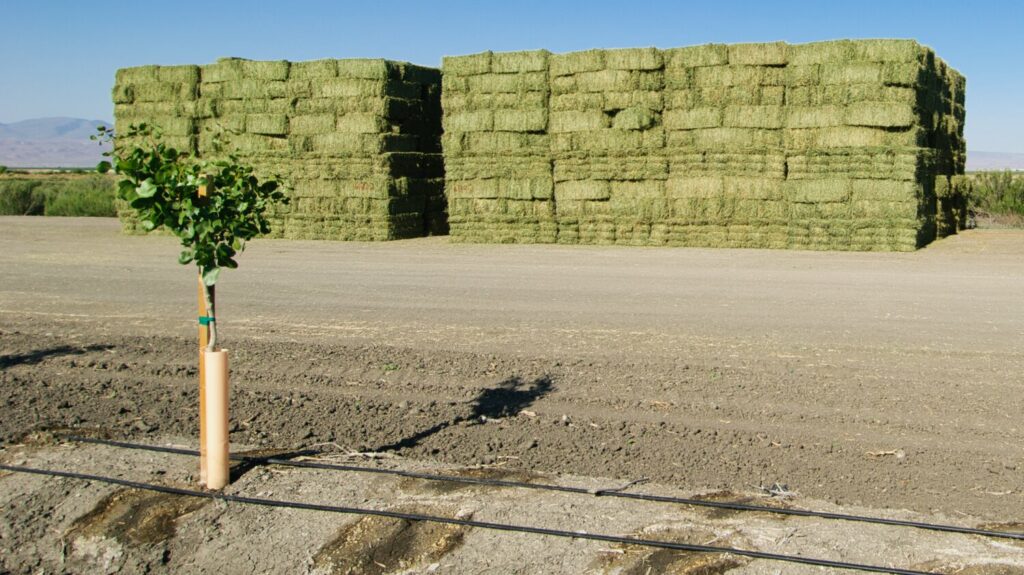If you are in the alfalfa growing and cutting business, this blog post is for you. Technically alfalfa is a perennial crop, but a lot of farmers think of alfalfa as a row crop. While there are many similarities, the biggest difference is in planting and harvest frequency. Row crops such as wheat, cotton, potatoes etc. are planted and harvested once. But alfalfa grows back after each harvest (cutting). On average, alfalfa stays planted in the field for four years, before it is rotated out with a different crop.
Tracking alfalfa cuttings
On United States West coast, alfalfa can be harvested up to ten times in a calendar year. Because of the harvest frequency, it can become challenging to track each harvest. Here are some of the things which I had to track for alfalfa back when I used to work as a farm manager:
- Days since last cutting.
- Irrigations. It is important to know when the last irrigation was completed so there is enough time for the field to dry before the next cutting.
- Spray applications. Some spray products prohibit harvest (cutting) for certain time after the application.
- Yield for each cutting.
- Input costs for each cutting.
Annual Harvest view in AgNote
A quick and effortless way to track alfalfa cuttings is what sparked the idea to create Annual Harvest view in AgNote. Of course, this view is not only for alfalfa. A good crop candidate for Annual Harvest view are row crops which have multiple harvests in the calendar year.
Here are some of the highlights of Annual Harvest view in AgNote:
- View all harvests on one page.
- Easy to add harvests in web app or PWA mobile app.
- Track details for each harvest. Details such as inputs, irrigations, spray applications, completed work, scouting events and files.
Here is a short video explaining Annual Harvest View in AgNote.
If you are in the hay business and looking for an effortless way to track hay cuttings, please check out AgNote. Just register and try it out free for seven days.
